Animals
-
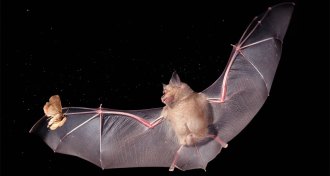 Animals
AnimalsLED lights make moths easy targets for bats
Bright LED lights may bewilder moths, making them vulnerable to predator attacks.
-
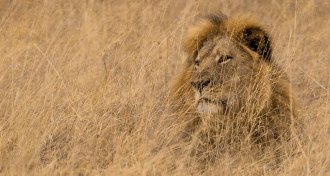 Animals
AnimalsDon’t let Cecil the lion distract from the big conservation challenges
Cecil the lion’s death rocketed across the news and social media. But there are bigger conservation challenges that need attention, too.
-
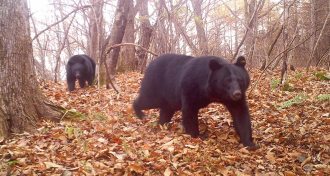 Animals
AnimalsHow bears engineer Japanese forests
In Japanese forests, black bears climb trees, breaking limbs. Those gaps in the forest provide light to fruiting plants, a new study finds.
-
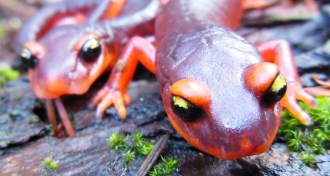 Animals
AnimalsWhere salamanders should be very afraid
Three zones of North America at high risk if the salamander-killing fungus disease Bsal invades.
By Susan Milius -
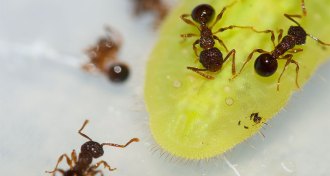 Animals
AnimalsCaterpillar treats and tricks ants by oozing spiked juice
Caterpillars ooze droplets that lure ants away from colony duties to instead lick and defend their drug source, new lab tests suggest.
By Susan Milius -
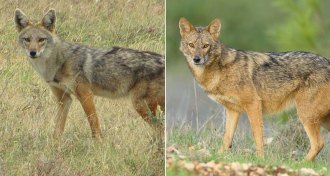 Genetics
GeneticsWolves in jackals’ clothing
Africa’s golden jackals are really a species of wolf and deserve a name change, DNA evidence indicates.
-
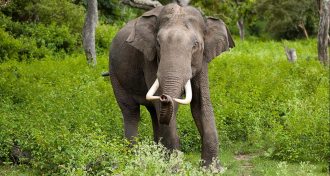 Animals
AnimalsOn the importance of elephant poop
Asian elephants are key dispersers for tree seeds. A new study finds that buffalo and cattle can also disperse the seeds, but not nearly as well.
-
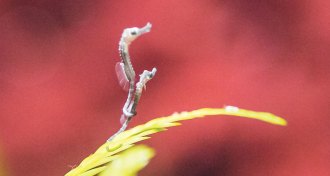 Animals
AnimalsToddler seahorses are bumbling and adorable
Rice-grain-sized youngsters can’t yet get a grasp with their tails.
By Susan Milius -
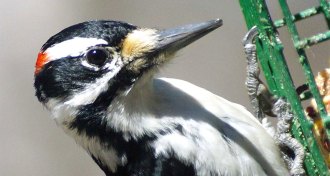 Animals
AnimalsHelp ornithologists develop bird photo ID tool
Cornell ornithology lab’s computer identification of common North American avian species needs your photos.
-
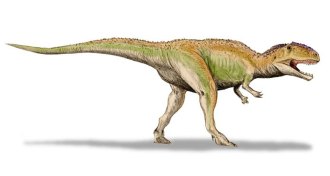 Paleontology
PaleontologyFossils illustrate evolution of life
Paleontologist Donald Prothero takes readers through the evolution of life on Earth from the earliest oozes of goo to our recent relative Lucy.
-
 Animals
AnimalsStinkbugs are color conscious when it comes to their eggs
P. maculiventris moms control the color of their eggs, seemingly pairing darker eggs with darker surfaces.
-
 Animals
AnimalsStink bug moms are color conscious when it comes to their eggs
P. maculiventris moms control the color of their eggs, seemingly pairing darker eggs with darker surfaces.